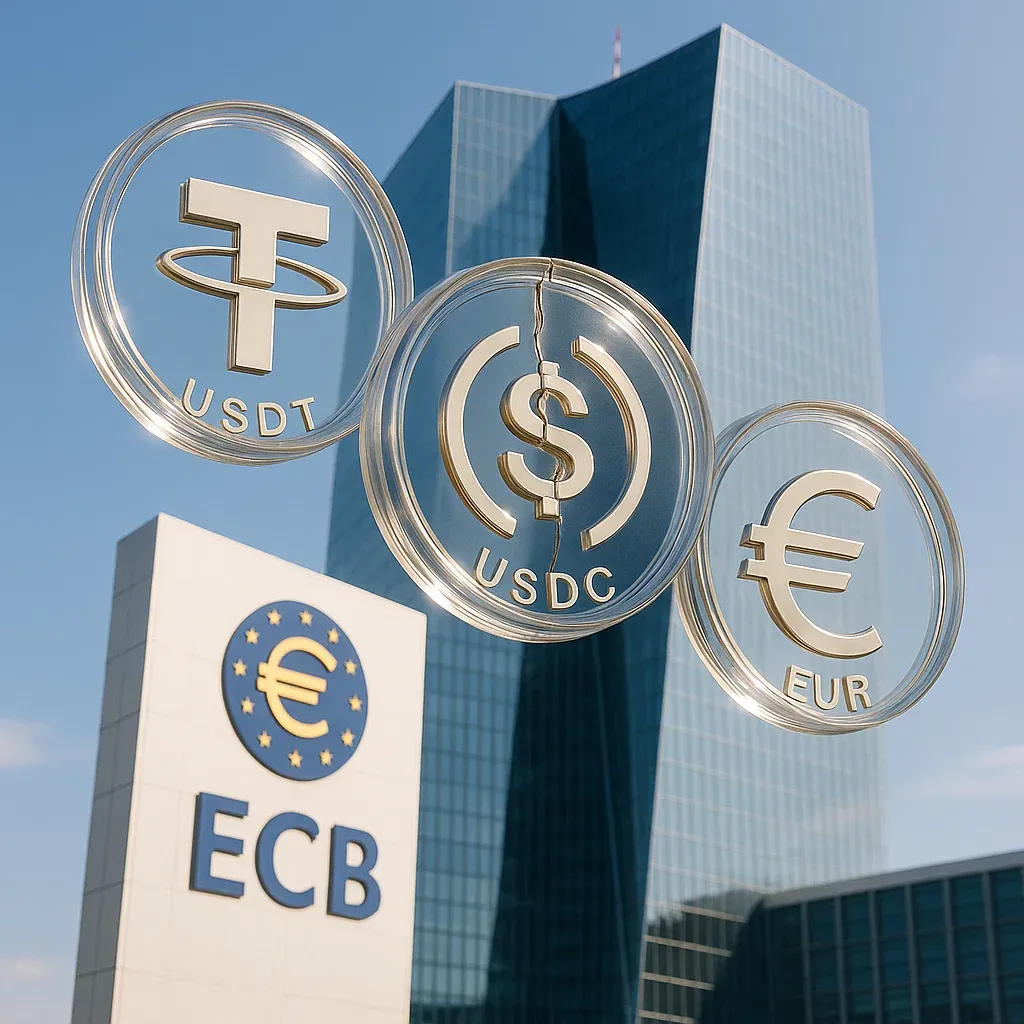Ukraine Unveils New Regulatory Framework for Crypto Market Supervision
Ukraine Unveils New Crypto Regulation Framework for Financial Stability🚀
Ukraine is ramping up its crypto game with a fresh regulatory framework, designed to keep the market secure, transparent, and in line with international standards. The new approach divides regulatory responsibilities between the National Securities and Stock Market Commission (NSSMC) and the National Bank of Ukraine (NBU), ensuring that crypto activities are properly overseen without stifling innovation.
Why Split Crypto Regulation Responsibilities? 🤔
Instead of having one body do everything, Ukraine’s regulators have split responsibilities based on the type of asset and service provider. This ensures that crypto is regulated in a way that promotes investor protection and financial stability, all while aligning with global standards like the EU’s MiCAR regulations and FATF guidelines.
What Do the NSSMC and NBU Actually Do?
- NSSMC’s Responsibilities:
- Regulating most crypto tokens (except electronic money tokens or EMTs).
- Overseeing asset-referenced tokens (ARTs) and their issuers.
- Supervising crypto asset service providers (CASPs), excluding those handling fiat conversions.
- Preventing market abuse (because fraud is a no-go).
- NBU’s Responsibilities:
- Managing the issuance and trading of EMTs (tokens pegged to fiat currencies).
- Regulating EMT issuers and CASPs involved in crypto-to-fiat conversions.
- Ensuring anti-abuse measures for EMTs.
- Setting rules for fiat-based crypto transactions.
This division allows the NSSMC to focus on market integrity, while the NBU keeps the financial system secure.
How Are Crypto Assets Classified in Ukraine? 📊
To make it clearer, the Ukrainian framework classifies crypto assets into different categories:
- Asset-Referenced Tokens (ARTs): These tokens are linked to other assets like commodities or currency baskets.
- Electronic Money Tokens (EMTs): These are pegged to a single fiat currency and operate similarly to traditional money.
- Other Tokens: These are digital assets that don’t fall into ART or EMT categories.
Crypto asset service providers (CASPs) will be regulated based on the services they offer—trading, custody, portfolio management, etc.
Ensuring Transparency and Reducing Risk 🔒
The new framework also focuses on:
- Licensing and oversight of CASPs to protect consumers.
- Regulation of stablecoins to prevent financial instability.
- Transparency requirements for disclosures and risk management.
- Market abuse prevention to avoid fraud and manipulation.
- Adhering to AML (Anti-Money Laundering) and CFT (Countering Terrorist Financing) guidelines to prevent illicit activities.
What’s Next for Crypto Regulation in Ukraine?
The country isn’t finished yet. A taxation framework for crypto assets has already been introduced, but legislative changes are still in progress. The crypto regulation bill (No. 10225) is under discussion, with full legalization of crypto expected by Q2 2025. The taxation approach will be similar to the one applied to securities, as explained by Ukrainian lawmaker Danylo Hetmantsev.
With this dual-regulator model, Ukraine is creating a more structured and transparent crypto market. It’s a balance of regulation and innovation, and with the NBU and NSSMC in charge, the future of crypto in Ukraine looks promising. 🌟
TL;DR:
- Ukraine has introduced a dual-regulator model: NSSMC oversees most crypto tokens, while NBU regulates EMTs and fiat-based transactions.
- The new framework aligns with global standards for transparency, stability, and consumer protection.
- Legalization of crypto is expected by Q2 2025, with crypto taxes to follow the same rules as securities.

Recent News
All Time High • Live
Have questions or want to collaborate? Reach us at: info@ath.live











